How improvising a little with your tools and materials can make you more inventive as a textile artist
How often have you been inspired to start a project but, as you rifle excitedly through your stash, you realise that you don’t have all the things you need?
You have the fabric, but not the right thread. Or you have every colour but the one you need. Or it’s the wrong time of year to gather leaves for an eco-dyeing project. Disappointed, you give up on the idea.
It can be tempting not to start anything until you have exactly what’s in the ‘recipe’. After all, if you don’t have the ingredients, what’s the point in trying?
Textile artist Jane Dunnewold used to feel the same way. She says:
“I used to spend ages shopping for supplies for my projects. There was always that one more elusive something I needed before I could begin. But that’s not a mindset that’s conducive to actually producing work.”
And she’s right.
So, what’s really going on here?
Maybe, just maybe, being too picky about tools and materials can become a mindset for procrastination. Maybe perfectionism – that enemy of creativity – is rearing its perfectly-coiffed head to stamp all over an opportunity to make something marvellous.
Isn’t done better than perfect?
Isn’t done better than not done?
Wouldn’t it be more fun to create something rather than nothing?
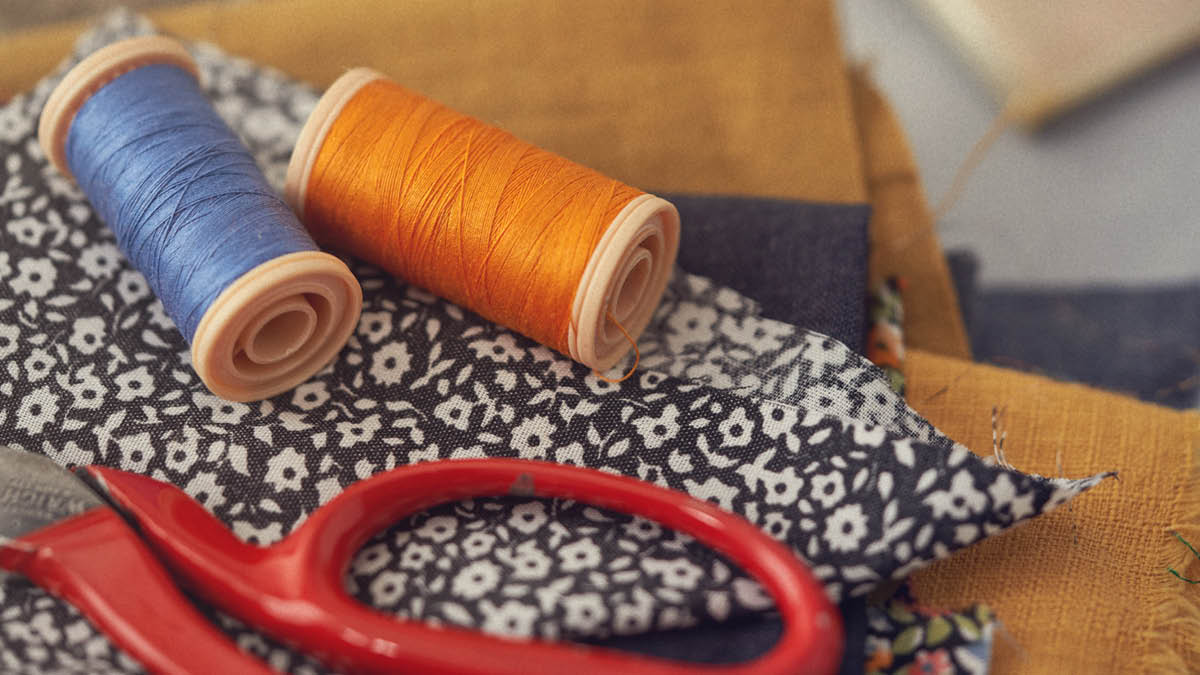
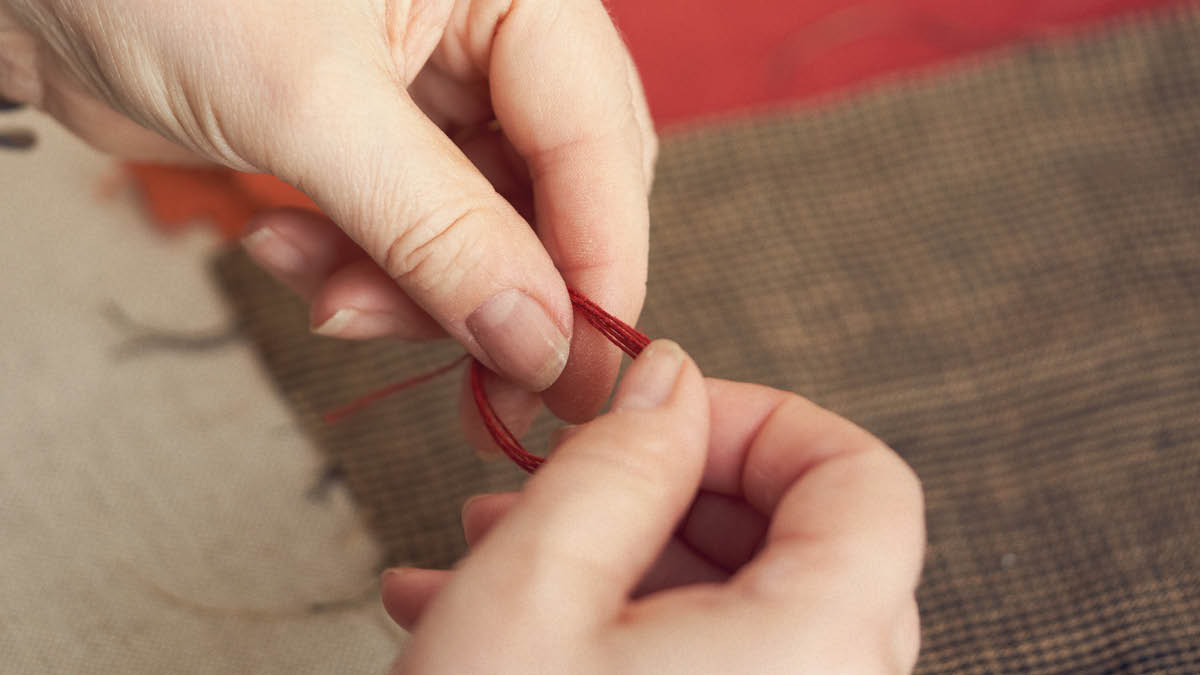
Why a resourceful mindset is a great resource
A lack of resources is a rich resource in itself. The fewer resources you have, the larger your opportunity to call upon and develop your ingenuity.
Your stash might be empty, but your brain isn’t. It’s packed full of creativity and innovation (whether you believe or not!).
Your brain craves problems to solve. Not having access to the prescribed tools and materials for a project can actually be the start of a fulfilling experiment in textile art, whether the outcome is ‘successful’ or not.
1. Limitations are your friend
If you’ve a resourceful mindset, you’re not fazed by limitations
You’ll know that too many choices can bring analysis paralysis. Too many choices can mean wasting energy on choosing, and being less satisfied with what you chose.
A limited choice of materials, tools or techniques at your disposal is your opportunity to strengthen your creativity.
You’ll start to look at the resources you have in a different way, and this will force you to improvise a little. You’ll increase the range of what’s possible with the materials you have. And, when you improvise, the results can end up being more personal and intriguing.
Cathey is a member of the TextileArtist.org Stitch Club. When she found she didn’t have the listed materials available, she cut up a calico bag to use for her first workshop and worked with paper, rather than fabric, for the next one.
Her limited resources meant she uncovered a unique and personal approach to the projects.
2. Resourcefulness for artistic freedom and independence
A resourceful mindset is a confident one. It has no time to waste. You’ll find that having a resourceful mindset directs your energy not to what you don’t have, but to what’s in front of you, ready and waiting for your creative magic.
When you’re resourceful, you’ll gain your independence. You’ll reduce your psychological reliance on needing that ‘perfect’ thing: the right weight of cotton, the exact shade of ochre, that “proper” embroidery needle.
Being resourceful, can lead to more artistic freedom.
3. Resourcefulness can’t fail you
But what if you practice resourcefulness to the full – you find alternatives, but it all goes horribly wrong? What if the project fails?
It’s not failure. It’s feedback. It’s information.
Weird, bonkers or just plain ugly results are the perfect opportunity for artistic inquiry (and who says art has to be beautiful, anyway?). It’s a chance to exercise more curiosity, bigger curiosity.
You’ve learned that “If I use this, then that happens.” And then you wonder “What if I use smaller/bigger/madder stitches? What if I did everything on a larger scale?”
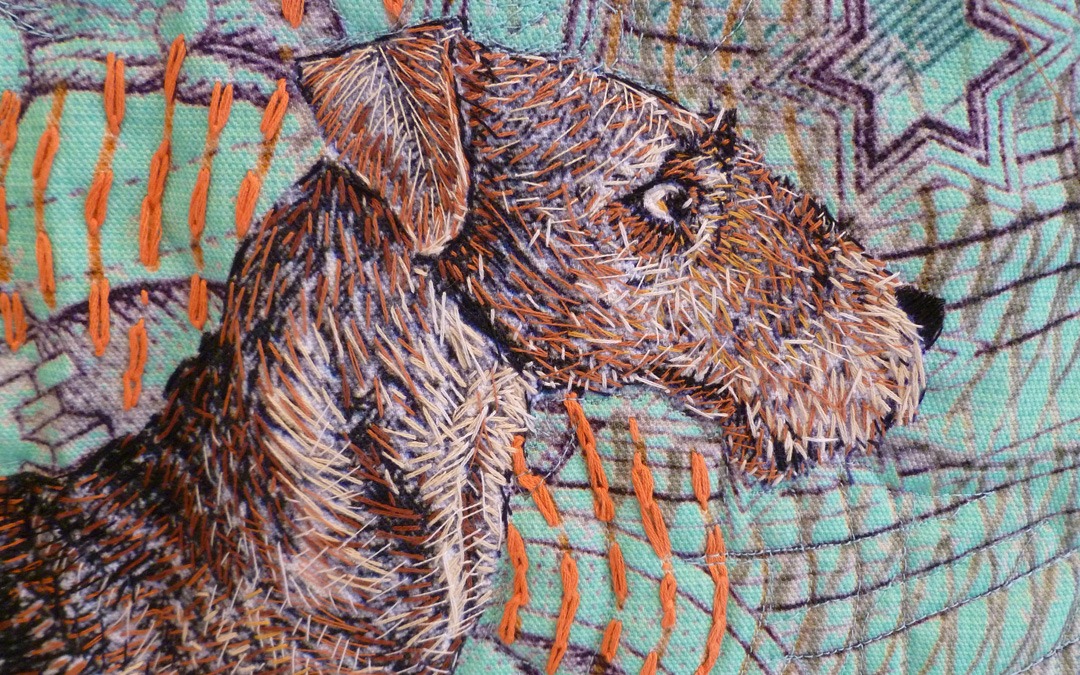
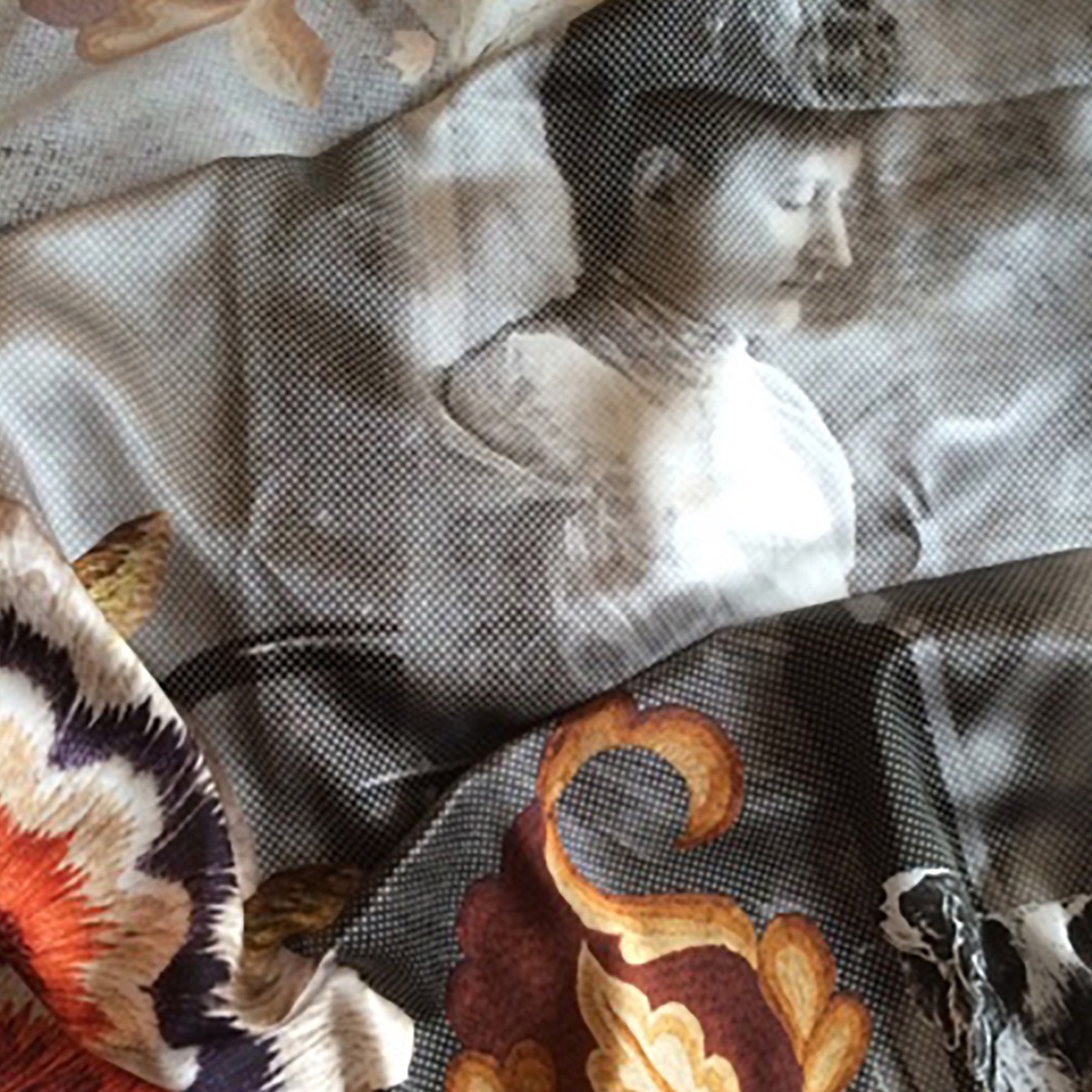
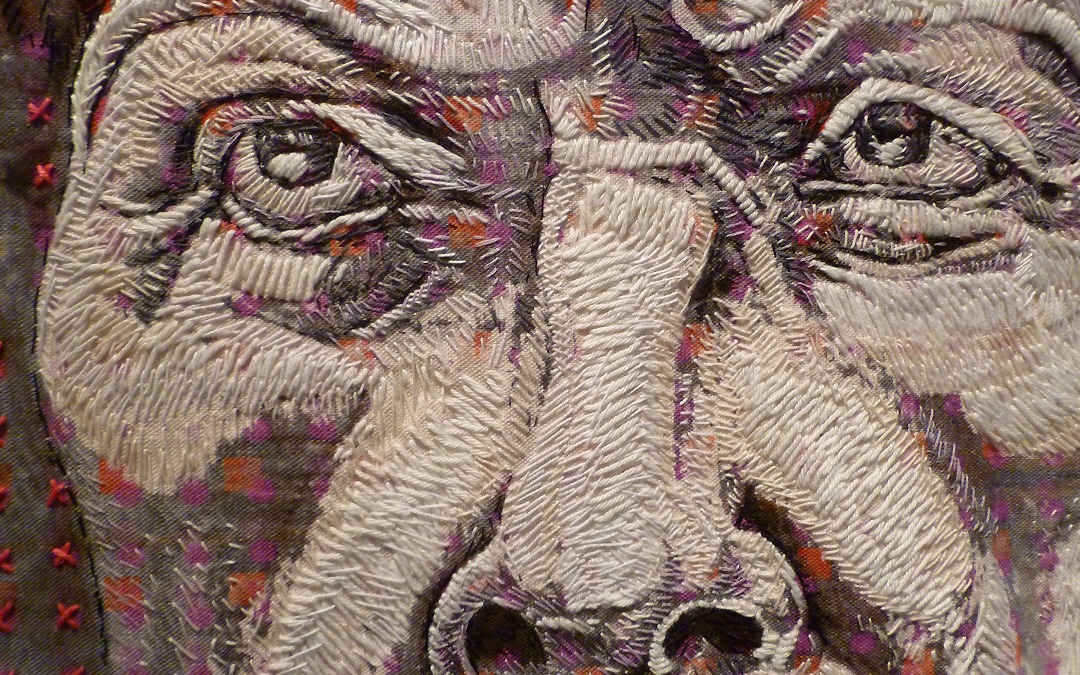
How to develop a resourceful mindset
You may want to develop your resourceful mindset as a creative practice, or perhaps you already have a project in mind, but you’re lacking all the materials you need and you’re looking for answers.
Either way, being resourceful is often an exercise in being pragmatic and practical, and going over old ground with a new way of seeing.
Here’s where to start:
1. Reconnect with your stash
Often it’s difficult to see the potential of things that are familiar to you, so make time to revisit your stash (or stashes).
Get everything out. Touch everything. Sort it differently. See it anew. Reconnect with the reasons you’ve kept it. You love the colour, texture, memories it brings?
Ask yourself questions. What would happen if you used that slubby remnant instead of pristine linen for the project?
2. Go on a resource-hunt in your house
It’s time to turn out those cupboards and that drawer of shame (but let’s rename it the drawer of abundance). Go through your wardrobe and those mysterious bags of stuff in the attic.
But do it with your resourceful artist’s mindset. Is that a pile of old tea towels, or is it textured background for an awesome stitched portrait? Is that an ancient stamp album or is it a source of colourful digital prints for a collage?
3. Dig out your “disasters”
Explore your half-finished projects, and your endeavours that went “wrong”. They are a goldmine of artistic potential.
Textile artist Nigel Cheney, who held the position of Lecturer in Embroidered Textiles at National College of Art and Design for over twenty years, told us:
“Even the most disastrous sample has potential to be something wonderful. Scissors are our friend; chopping something up, re-assembling it, applying it onto a different ground or simply turning it over to appreciate the reverse can all be revelatory.”
4. Work with found materials
Textile artist Barbara Cotterell tries hard not to buy anything new and always prefers to work with found materials, mostly from around her home. “Even the wire I use I try to get from the scrapyard,” she says.
Victoria Undondian creates room-sized collages of found fabric scraps, incorporating other found materials such as paper, burlap, plastic bags, and second-hand clothes.
When you take a walk with a resourceful mindset, everything you find can become a possibility. You’ve switched on your artist’s radar.
Look in and around your home, on the beach, on the trail, in the pub, in the town. Check out the charity shops and dare to go skip-diving. Create yarn from string or wire or plastic bags. Melt the plastic bags leftover from yarn-making into an interesting ground fabric.
Adopt what artist and creativity expert Jane Dunnewold advocates the “scavenger hunt” approach to finding and using your materials.
Just a reminder about the free gift that accompanies this article. You can download it by clicking on that big yellow button below.
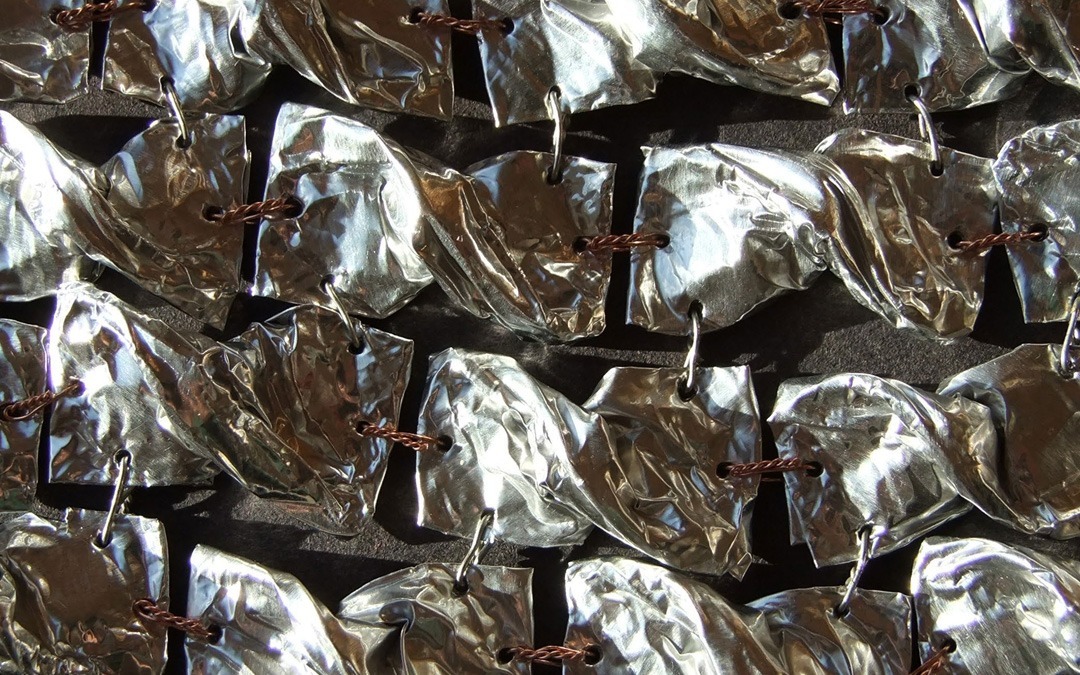
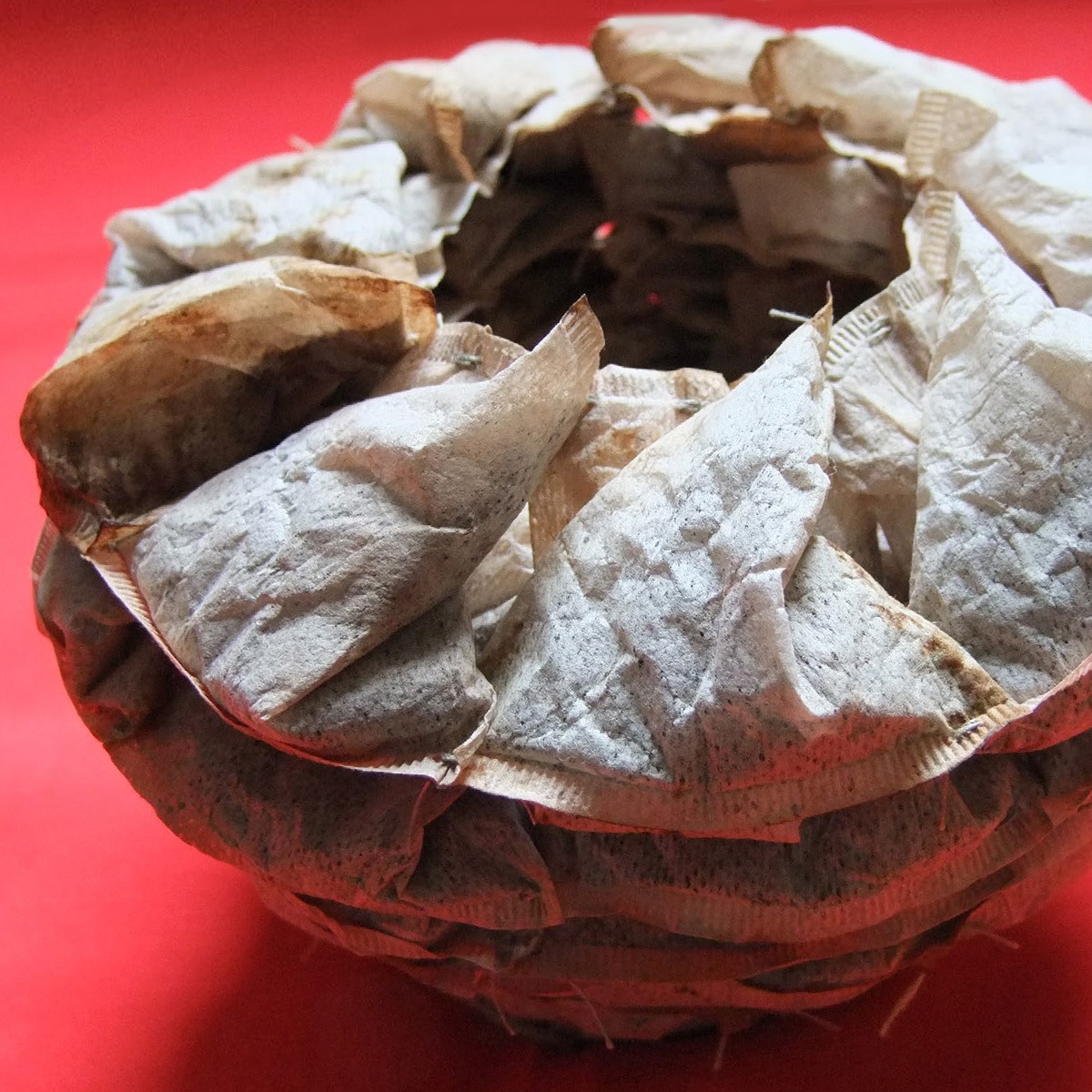
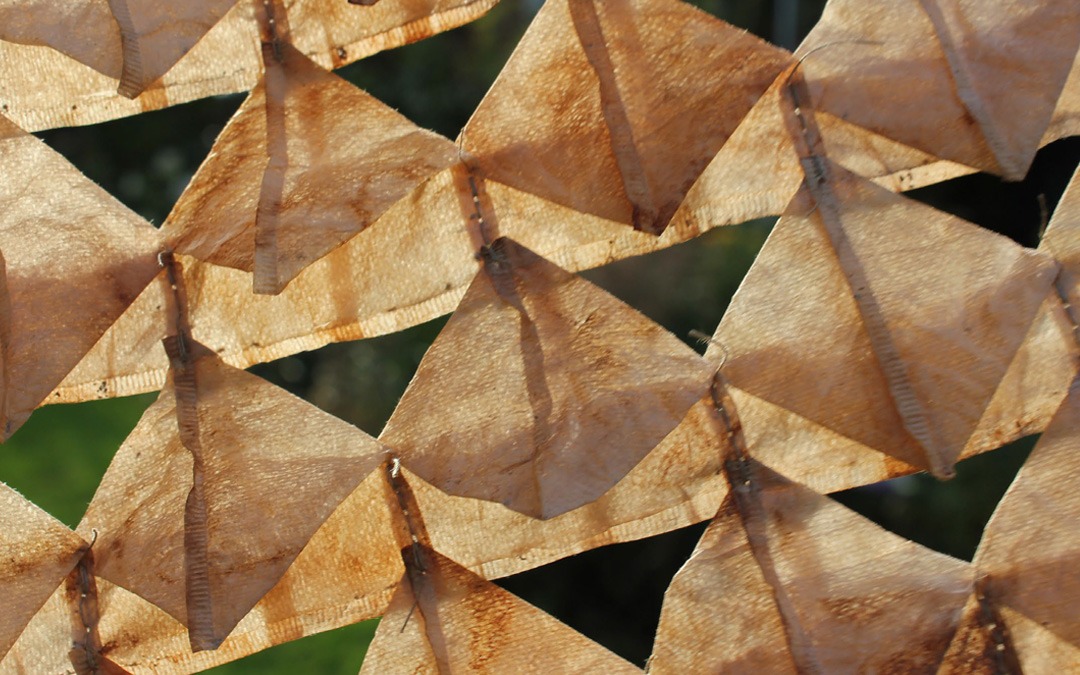
Experimentation beats guarantees
Stephen King writes with a Blackwing 602 type 2 pencil. Will using that pencil empower an aspiring writer to recreate King’s iconic style? It’s doubtful.
And using the same needle and thread as your favourite textile artist won’t make you stitch like them. And why would you want to?
You are an individual with something unique to offer.
So rather than worrying that you don’t have or even know the exact type of wire or glue or paint that a workshop leader is using, why not get creative?
And if you’re not 100% sure if what you have to hand will work for a particular project – give it a go anyway. What have you got to lose?
After all, what can you learn about yourself and your creativity from guaranteed success? Wouldn’t it be more exciting to take a risk or two? To embrace your inner rebel? Developing a resourceful mindset gives you the chance to do just that.
Have you ever surprised yourself by getting inventive with tools and materials? Tell us your ‘improvisation’ success stories in the comments below!
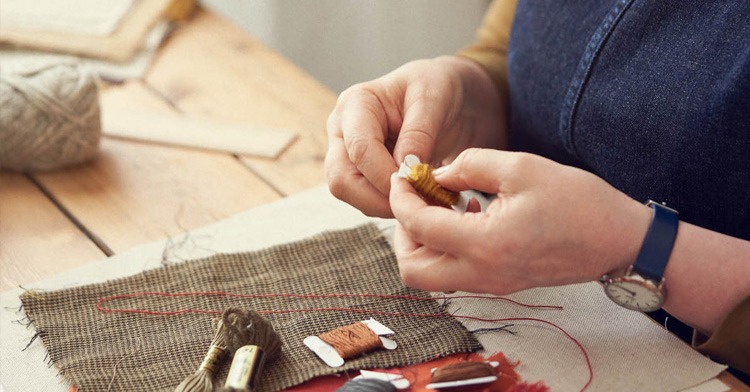

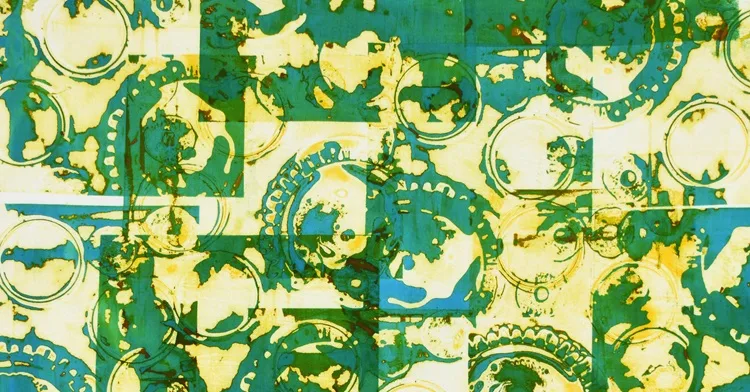
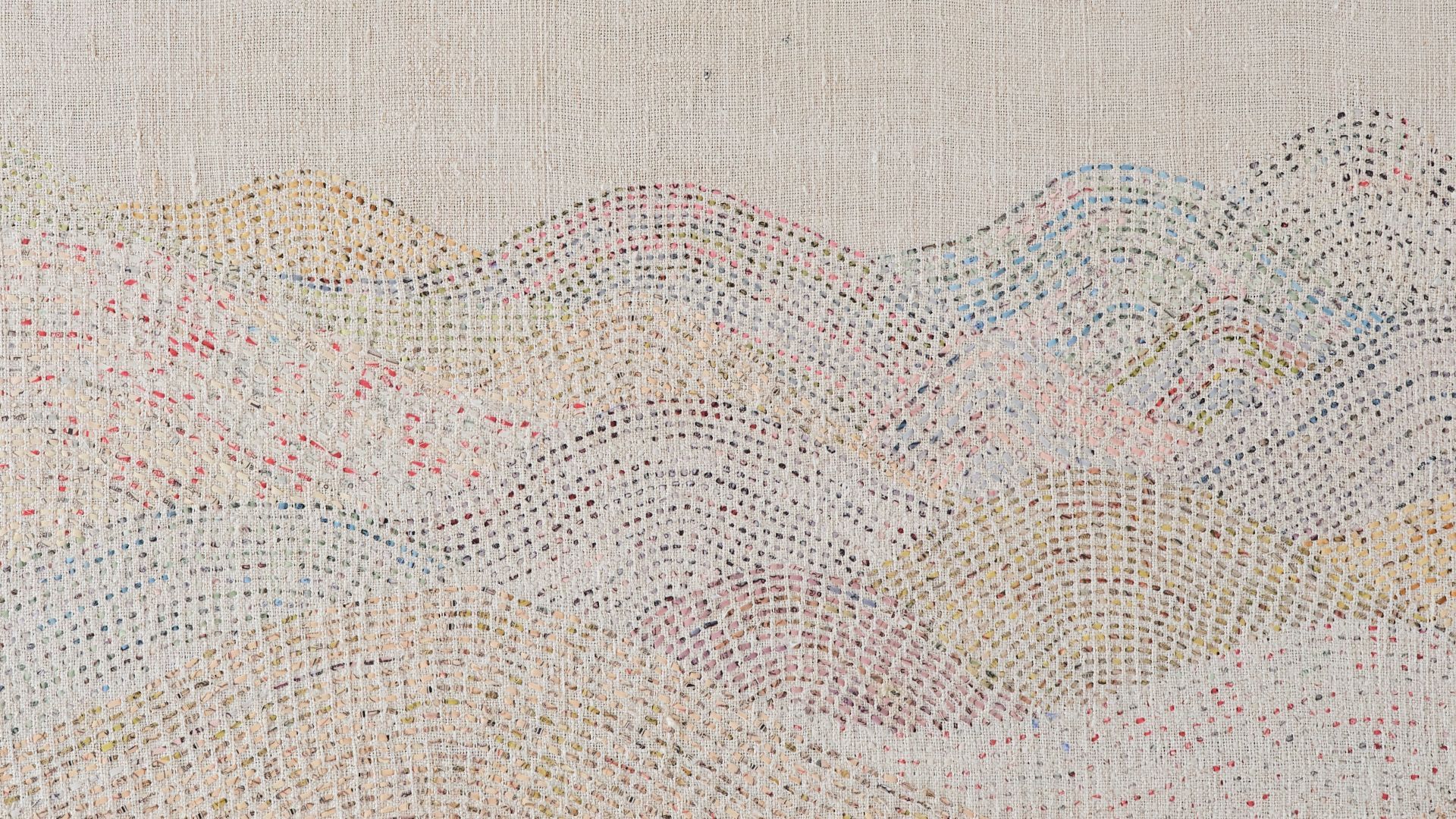

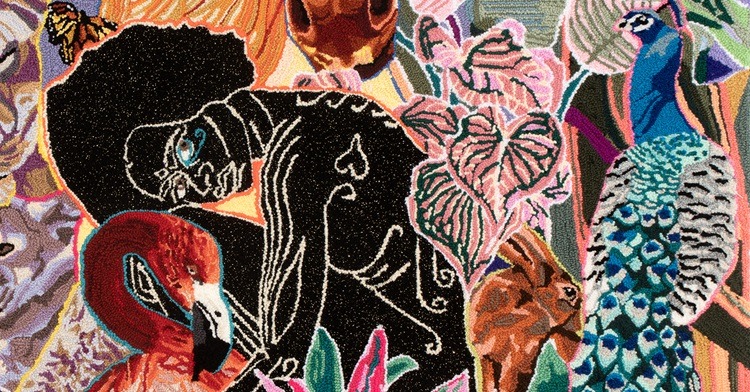
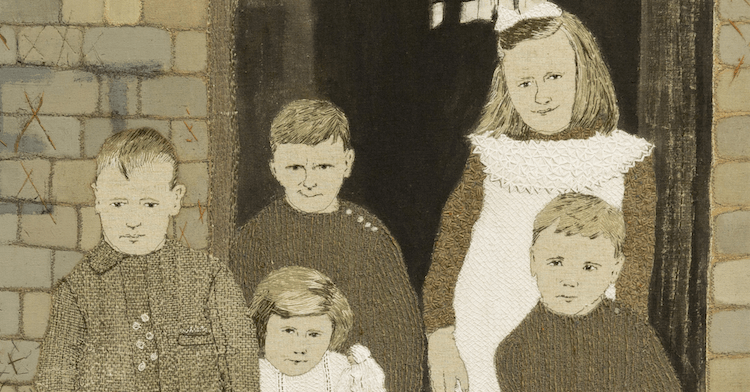

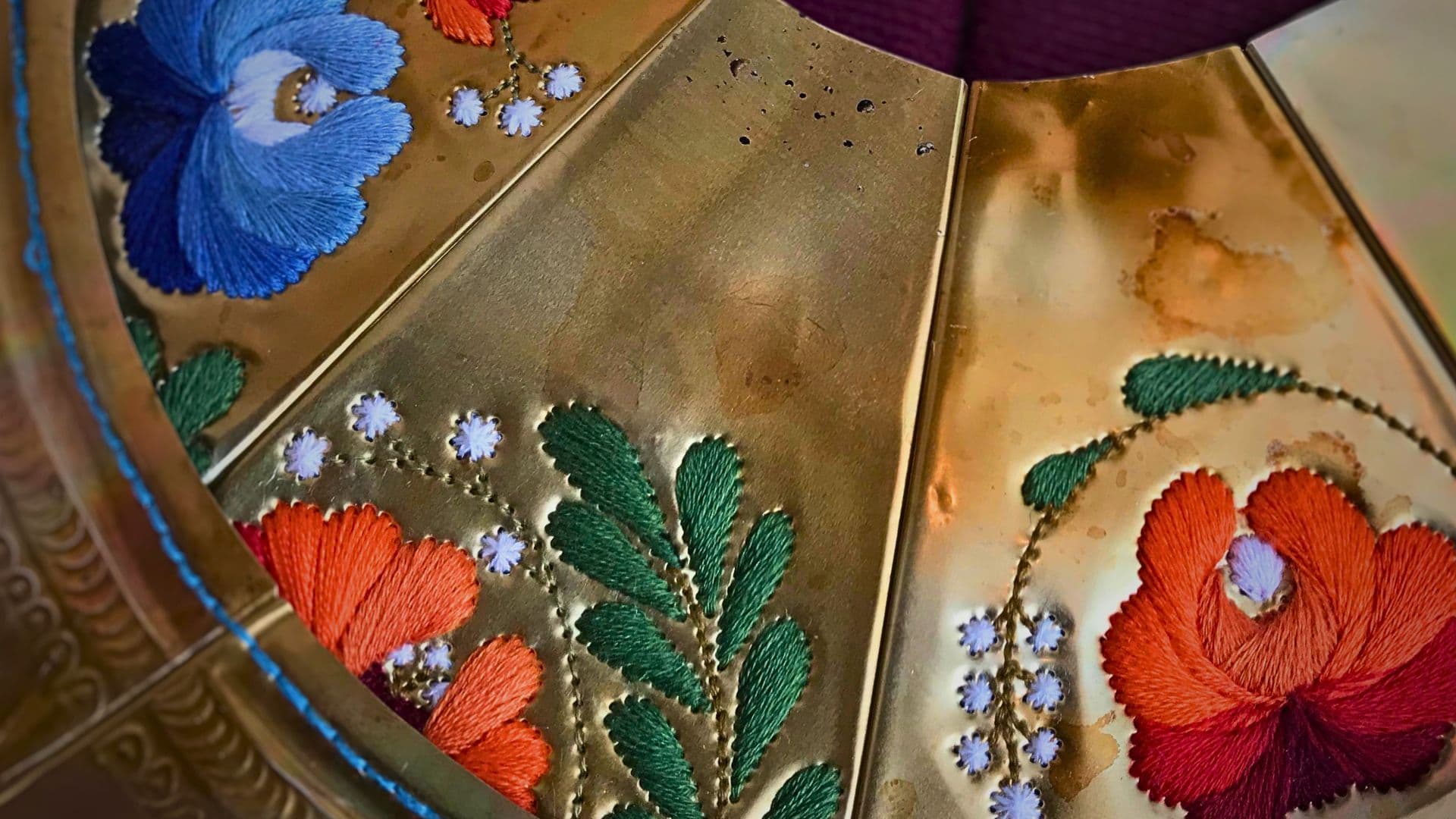
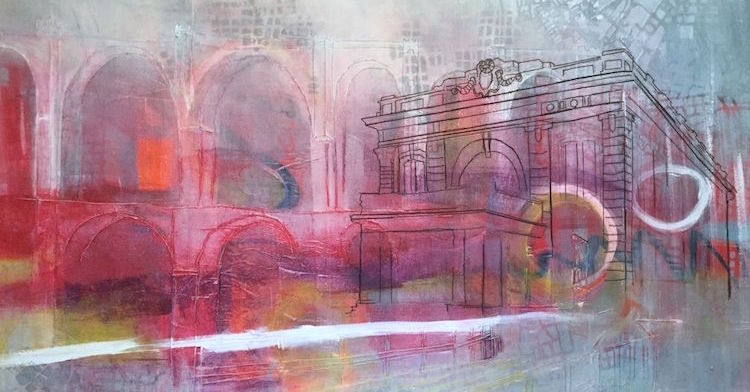

16 comments
Regina Dunn
Very helpful advice. Writers giving writing advice say “write what you know”, which for art translates to “use what you have.” One of my favorite prompts for creating is to pull out something from my stash and use it as inspiration.
Barbara Butler
How true. I have a huge stash, having suffered from SABLE (Stash Accumulation Beyond Life Expectancy), mainly due to inheriting both my mother-in-law’s and mother’s stashes (the latter was a craft teacher, so had 20 of everything for each of her students). I can’t bear to think of it going to waste. My husband says I should just put the whole lot in a skip!
So lock down has been a God send for me, a chance to be at home with my hoard and stitch. I am sorry for those who have suffered from lockdown, but I have been able to finish some of my old projects with just what I have. I am glad others are enjoying their stash too.
Carol M
Thank you for diagnosing my condition: SABLE! I have my mother’s stash, my boyfriend’s mother’s enormous yarn stash, and my own. No fabric or yarn buying for me in this lifetime!
Meg Prange
I agree that limited resources can lead to more creative thinking. As a 20 year professional fiber artist, some of my best adventures happen after receiving a bag or collection of “unusable” scraps from a quilter or sewer.
I challenge myself to use only the fabrics in the bag, with as little cutting as possible.
I organize and reorganize the shapes until they turn into something.
Creating with someone elses rejects is a great way to avoid falling into a rut.
Christine
I definitely need to halt my buying. Quite new to all this but do feel a little anxious when deciding what fabric to use. I am using threads that my mother in law gave me but feel I need to be a little more adventurous with colour.
Laura Hutchins
I am a high school art teacher, working with my students on textile design as part of a fashion course. We have decided that we love working with painted textile, and stitching in which is great as I have no money to spend on supplies this year. I really enjoyed your article as we are making due with whatever we can find in the cupboard.
Thanks!
Laura H.
iHanna
I always find great inspiration in going through one of my “boxes” of papers or fabrics, just sifting through what I have gives me great inspiration and is something I think we all should do more often!
Sonja
How true: limitations are your friend!
After years and years shopping all kinds of yarn, wool, textiles for hundred and one projects never begun or never finished I really do enjoy (I‘m an introvert ;-)) the lockdowns (the third ended a few days ago in Austria, the next soon to come) to work with my treasures!
Greetings to embroiderers and stitchers and artists everywhere from snow-white Vienna!
Sonja
Gill Gavshon
I’ve just opened up a kit I bought years ago that has some wonderful little pieces of fabric which I didnt want to spoil!!! But I now have the courage to just cut them up to start off a little project – what fun! This article was a very timely reminder to go through the cupboard!! (And does it really matter if that thread isn’t quite the right tone….!)
Mary Ferrulli Barker
We have an upholsterer in town and I went there and begged for scraps. They gave me about 5 out of date sample books which were a bear to dismantle but provide some awesome fabric. I try to make everything out of recycled cloth.
Imogen
I love being able to “make do” with what I have in the house, I am much more imaginative when I have limited resources.
Trisha
I have always found working with a restricted no of materials much more creative – it forces you to use them in new ways. I was taught this at college, and later taught it to my students who were going into textile art – as opposed to those going into textile design, where materials have to fit the brief exactly and be serviceable. Now I am concentrating on textile art myself, rather than design, from which I made a living, it is very freeing and constantly forces new pathways in the brain (or so my scientist husband says)!
Sharron Lea
Thank you for this thoughtful article, which, for me, is a timely reminder. Having thought myself unable to respond to a workshop due to not having the right materials, I was able to return to a couple of ideas simmering in the background and a box of seemingly totally unsuitable treasures. Once again you remind us of ways to reignite our creativity and be more resourceful.
Janet Roberts
Make friends with a quilter, they always have loads of offcuts. Only this morning I received a parcel with all sorts of scraps (we can’t meet because of lockdown).
When I was making Mandy Patullo birds even tiny scraps contributed to the colouring. They will also be useful to current bookmaking project.
Rhonda Simonis
Thank you for another thought provoking presentation. Being part of the stitch club has encouraged me to dive deep into my stash and look at projects with a different perspective.
Thank you all for the information and positive affirmation that you bring us.
Sam Burns
So true… connecting to your stash, re-exploring and being inspired is uplifting. Thank you for reminding me.